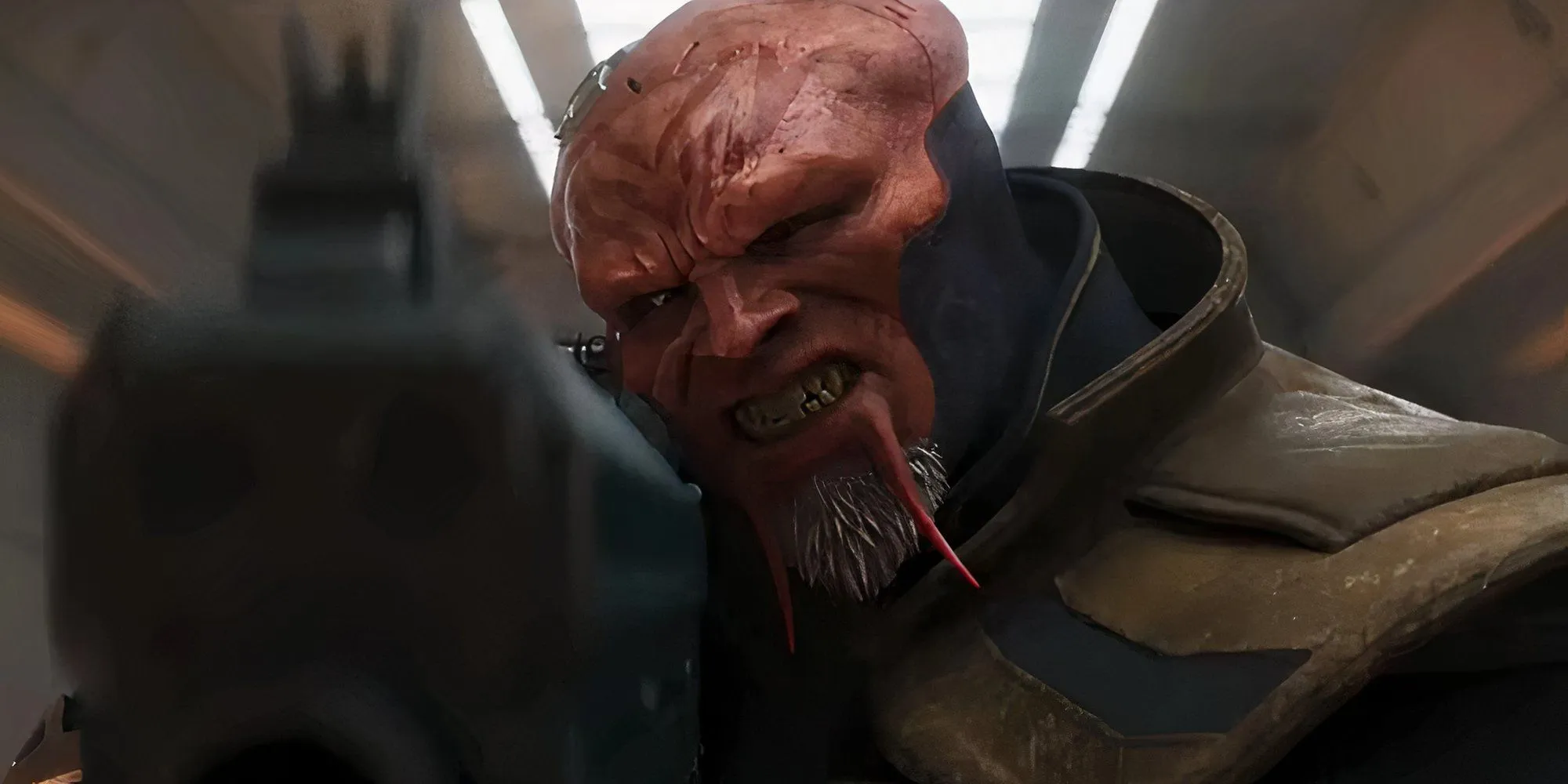
Warner Bros. Interactive Entertainment finds itself at a pivotal juncture. Despite the promising visuals and a well-known cast, the dismal reception of Suicide Squad: Kill the Justice League has cast a shadow over its future DC gaming aspirations. The game’s unfavorable reviews and dwindling player counts serve as a stark reminder of the risks associated with prioritizing current trends over exceptional gameplay. The over $200 million loss incurred from this title marks a significant setback, pointing to the inherent dangers of favoring a live-service model over a thoughtfully crafted single-player experience.
With the upcoming conclusion of Suicide Squad: KTJL marking the end of its fourth season, a pressing question arises: how can Warner Bros. glean insights from these missteps to redefine the trajectory of DC gaming? Simply sidestepping the pitfalls of live-service formats will not suffice. Future titles need to rekindle the essence that made the Batman: Arkham series a resounding success: compelling narratives, exceptional gameplay, and a deep respect for the original comic lore. The Arkham franchise thrived by delivering meticulously designed experiences, and it is imperative for Warner Bros. to rebuild this foundation.
Understanding the Failure of Suicide Squad: Kill the Justice League
Analyzing the Shortcomings



The launch of Suicide Squad: Kill the Justice League starkly contrasted the acclaim that Rocksteady Studios garnered for the Batman Arkham series. Released in February 2024, it failed to meet the expectations established by its predecessors. While some flaws could have been overlooked, the enormous disconnect regarding the depiction of Batman and subpar writing were significant red flags, exacerbated by the challenges associated with the live-service model.
Critics responded unfavorably, with Metacritic scores languishing around 60, primarily due to a lack of innovation and an ineffective live-service structure. Player interest waned sharply, with recorded numbers on Steam tumbling from over 13,000 concurrent users at launch to merely a few hundred by fall, underscoring the game’s inability to foster sustained player engagement.
Financial reports from Warner Bros. Discovery echoed these issues, indicating that the game “fell short of expectations,”adversely affecting quarterly revenue with a reported loss exceeding $200 million. These glaring failures underscore that Warner Bros. must actively learn from these shortcomings to ensure the success of future DC games.
Key Takeaways for Warner Bros. from KTJL
Setting a Higher Standard



In contrast to Suicide Squad: Kill the Justice League, the Arkham series serves as a benchmark for delivering character-driven action games. Rocksteady developed titles that felt authentically tied to their comic roots while emphasizing enjoyment. Their keen attention to character motivations and environment design created immersive and emotionally resonant gameplay experiences rather than mere button-mashing.
Conversely, Kill the Justice League ventured into uncharted territory with its live-service model, which ultimately backfired. A crucial lesson for Warner Bros. lies not only in avoiding live-service pitfalls but also in recognizing that compelling gameplay hinges on engaging storylines that honor the source material, entertaining mechanics that avoid monotony, and seamless experiences without unnecessary online distractions and monetization tactics.
The success of the Arkham series was rooted in its commitment to delivering high-quality gaming experiences. Warner Bros. must return to this principle. While live-service elements can complement gameplay, they must not overshadow narrative and engagement quality—an example of success being the enduring popularity of Fortnite. Upcoming DC projects are advised to prioritize core game development before layering in live-service components.
Challenges Faced by Live-Service Games in 2024
Market Reactions to Live-Service Failures



Suicide Squad: Kill the Justice League was not an isolated incident; 2024 marked the downfall of several live-service games. Sony’s Concord, for example, suffered profound disappointment after an extensive eight-year development cycle and a staggering $400 million investment, designed to rival blockbuster franchises like Star Wars. Upon release, it failed to distinguish itself in a saturated hero shooter market, lacking engaging gameplay or memorable characters.
The game also faced scrutiny due to its $40 price tag amidst a plethora of free-to-play alternatives, resulting in catastrophic sales figures and a swift closure two weeks post-launch, ultimately leading to the disbanding of Firewalk Studios. The demise of Concord reveals a troubling reliance on marketing buzz over solid game mechanics.
This trend urges the gaming industry to reassess its approach to live-service models, as prioritizing these over the creation of polished, complete gaming experiences is increasingly unviable, mirroring the situation encountered by Suicide Squad: Kill the Justice League.




Leave a Reply